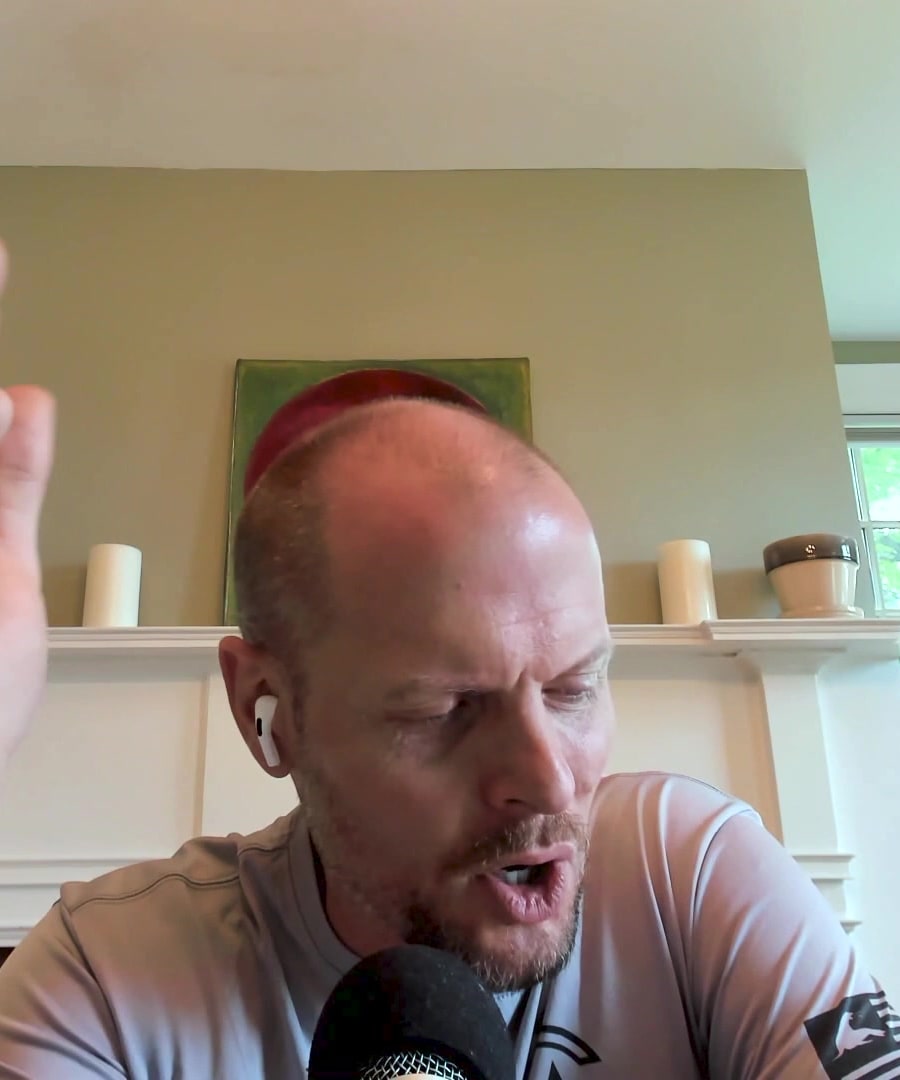Trigger Action Plan
Sources:
A Trigger Action Plan (TAP) is a strategy that helps individuals respond effectively to specific triggers with predetermined actions. Here are some insights from experts on creating and utilizing these plans in various contexts:
-
Managing Low Mood:
- Will MacAskill shared his approach to combating depression by using a Trigger Action Plan. He emphasizes the importance of recognizing low mood triggers and prioritizing mood improvement. Instead of letting a low mood affect productivity, he puts actions in place to boost his mood, making it a priority on his to-do list 1.
-
Counteracting Anxiety:
- Lewis Howes suggests creating an action plan to handle anxiety triggers by associating them with positive memories. For example, he describes using the scent of lime to recall a happy memory during anxious moments. This method helps shift focus from anxiety to a more positive state, aiding in relaxation and progress 2.
-
Overcoming Procrastination:
- Rob Dial advises identifying triggers that lead to procrastination and preparing strategies to counteract them. When a trigger such as fear of failure arises, having a pre-decided action like doing pushups or breaking tasks into smaller parts can provide a way to overcome paralysis and take immediate action 3.
-
General Action Planning:
- Jonathan Fields discusses the process of creating effective action plans by breaking down large goals into smaller, manageable tasks. This method helps mitigate fear and inaction by focusing on immediate, achievable steps, thus maintaining momentum towards larger objectives 4.
-
Transforming Life Areas:
- Chris Lee highlights the necessity of creating a new commitment and an action plan that includes new interpretations and attitudes. A critical component is identifying resources and support systems that can aid in the successful implementation of these plans, whether for health, relationships, or other personal goals 5.
These insights reflect various applications of Trigger Action Plans, helping to manage mood, anxiety, procrastination, and general life improvements by leveraging structured responses to specific triggers.
RELATED QUESTIONS-


